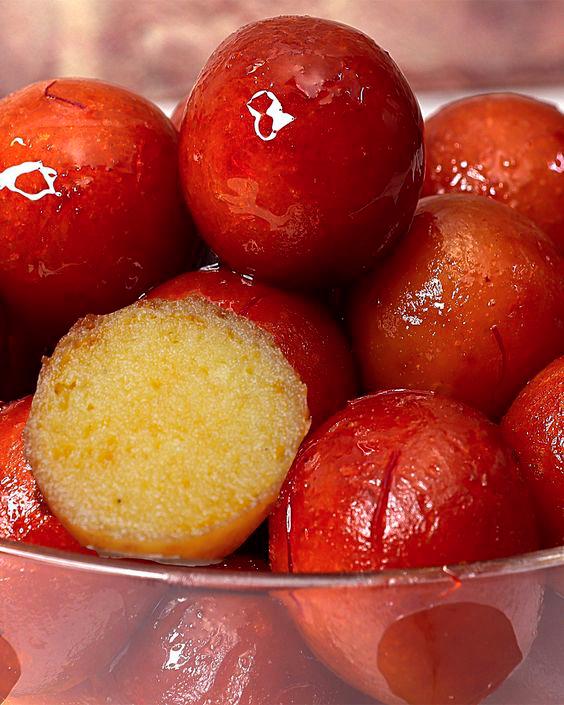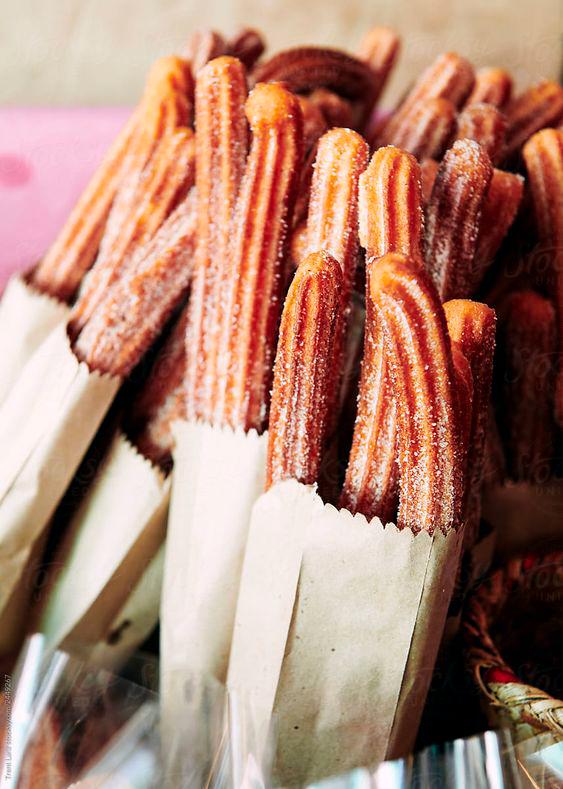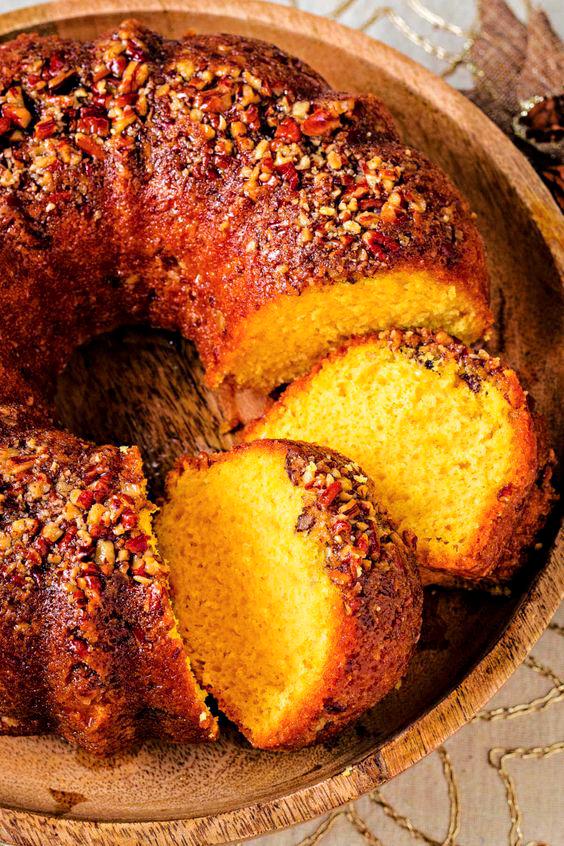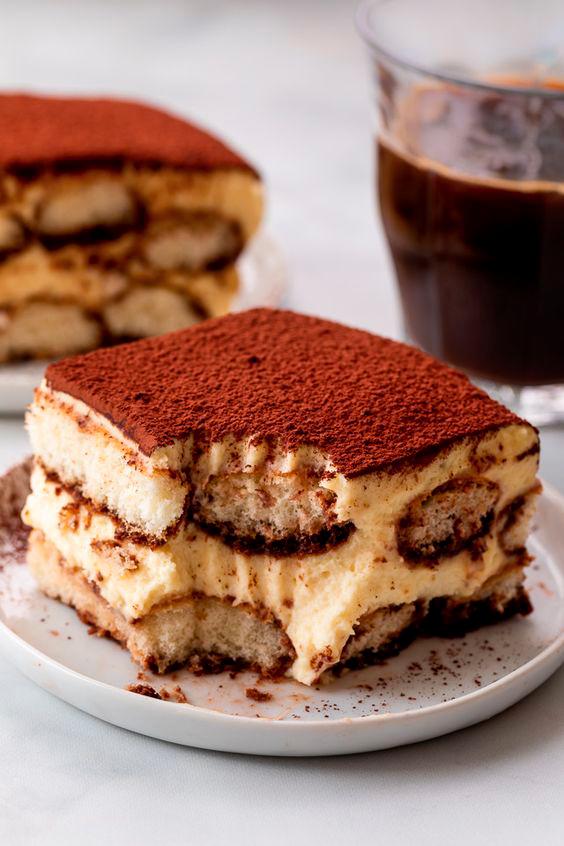EVERYONE loves a good dessert. Have you ever wondered which sweet treat is the best in the world? We may not have a definitive answer for you, but here are some of the world’s most renowned and popular desserts:
Potugal - Pasteis de nata (Portuguese custard tart)
Pasteis de nata is a traditional Portuguese custard tart with a delightfully crispy and flaky pastry shell packed to the top with a sweet, creamy custard middle. It’s difficult to stop at just one of these, which are best served warm with a little sprinkle of cinnamon. These delectable bites were invented almost 300 years ago in Belem by the residents of the Jeronimos Monastery. After the monastery shut, the original recipe was sold to a small cafe across the corner, Pasteis de Belem, which still retains it a well guarded secret. Nearly every bakery in Lisbon has attempted to replicate it, but each recipe has its own uniqueness and twists. Thanks to all of the recipes available on the internet and in recipe books, you can now make your own tasty version at home.

Italy - Tiramisu
Tiramisu, I’m sure you’ve heard of it. It’s a traditional Italian delicacy consisting of coffee-soaked sponge fingers stacked between a coffee-flavoured mascarpone cheese mixed with eggs and sugar and topped with cocoa. Tiramisu, which means “pick me up” in Italian, is the best way to end an Italian meal and can be found on most menus around the country. Tiramisu is still a newer dessert, with most records claiming it was originated in the 1960s in the Veneto region of Italy. Despite its infancy, tiramisu has quickly become one of the world’s most favourite desserts, and mine as well!
India - Gulab Jamun
Gulab jamun is without a doubt one of the best desserts in the world. Consider a deep-fried bite-sized ball of milk coated in a sweet syrup. Gulab jamun is made by combining dry milk powder, flour, and ghee with flavours before forming into a ball and deep frying. It is then soaked in an infused sugar syrup for hours before being served.It’s one of the best sweets from around the world, commonly offered in Southern Asia to celebrate festivals and gatherings or to welcome guests. If you visit India, Bangladesh, Pakistan, Nepal, or Sri Lanka, there’s a good chance you’ll be greeted with gulab jamun.

Spain - Churros
Churros are deep-fried dough sticks that originated from Spain, and are now extremely famous in Latin America, particularly in Mexico, Colombia, and Guatemala. Within each of these countries, you’re likely to encounter them served by street sellers or in cafes. Churros are prepared with choux-like dough that is piped through a star-shaped nozzle into boiling oil and fried till golden brown before being topped with sugar. They are generally served at breakfast, dipped or drizzled with hot chocolate or dulce de leche, but they can also be seen on select cafe dessert lists.
Japan - Matcha
Matcha is a fine, earthy powder created from green tea leaves. While this may not sound like a typical flavouring for sweet baked goods, it adds a subtle flavour that is great in a variety of sweets, from green tea ice cream to matcha cakes and cookies. Anyone visiting Japan around the holidays will see matcha-flavored goodies in cafes, restaurants, and street food vendors – it’s almost famous as chocolate!

Caribean - Rum Cake
Rum cake is among the best traditional cakes from throughout the world. Rum cake is a sponge prepared in a savarin mould, making it a slightly doughnut-like shape, and then soaked in rum. There are numerous topping options, such as icing or dried fruit and nuts. It is typically served during the holiday season, but many gift shops and supermarkets sell it by the bag load to tourists! When trying rum cake in the Caribbean, always sure to check the alcohol content. Some claim to have become drunk by it!
Malva Pudding - South Africa
Malva pudding is a gooey sponge dessert cooked with apricot jam that is eaten warm with a creamy sauce or custard. It’s frequently served in restaurants, so if you’re visiting South Africa, look for it on the menu board. Malva’s name may originate from the Afrikaans word for marshmallow, owing to its marshmallow-like texture. The origins of this delectable treat from around the world are unknown, but it is thought to have originated from a Cape Dutch dish.









